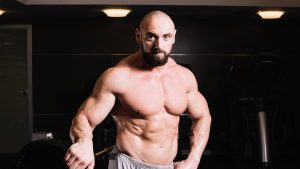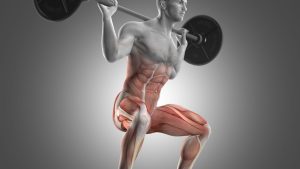Optimizing Your Calf Training Routine
Now that we’ve established the role of squats and their limited engagement of the calf muscles, let’s dive deeper into crafting an effective calf-training regimen.
Targeted Calf Exercises
Standing Calf Raises: This classic exercise involves standing on a platform or the edge of a step with your heels hanging off, then raising and lowering your body using your calves.
Seated Calf Raises: Seated calf raises isolate the calf muscles by eliminating the engagement of other body parts, allowing for precise targeting.
Donkey Calf Raises: This exercise involves leaning forward with a weight placed on the lower back while performing calf raises, emphasizing the stretch and contraction of the calf muscles.
Form and Technique
Achieving optimal results from calf exercises requires proper form and technique. Ensure the following:
Maintain a full range of motion, allowing your heels to drop below the level of the platform or step during calf raises.
Control the movement throughout, focusing on the contraction and extension of the calf muscles.
Gradually increase the resistance or weight used to challenge the muscles and stimulate growth.
Progressive Overload
Similar to other muscle groups, the calves benefit from progressive overload. This involves gradually increasing the intensity, whether by adding weight, increasing reps, or altering the exercise tempo. It encourages muscle adaptation and growth.
Integration with Squats and Leg Workouts
While calf-specific exercises are crucial for targeted development, integrating them into a comprehensive leg workout alongside squats, lunges, and deadlifts can yield holistic lower-body strength gains.
Recovery and Rest
Lastly, don’t overlook the importance of rest and recovery. Muscles grow during periods of rest, so ensure adequate recovery time between calf workouts to allow for repair and growth.
Conclusion: Holistic Leg Training
In summary, while squats engage the calf muscles to a limited extent, dedicated calf exercises like calf raises are essential for targeted development. By incorporating these exercises with proper form, progressive overload, and adequate rest, you can build stronger and more defined calf muscles. Integrate them into your leg training regimen for a well-rounded lower-body workout that maximizes strength and stability.
Additional Resources:
How to Do Calf Raises – Self.com
The Importance of Rest for Muscle Growth – Muscle & Fitness
Calf Muscle Exercises for Strength and Definition – Men’s Health



